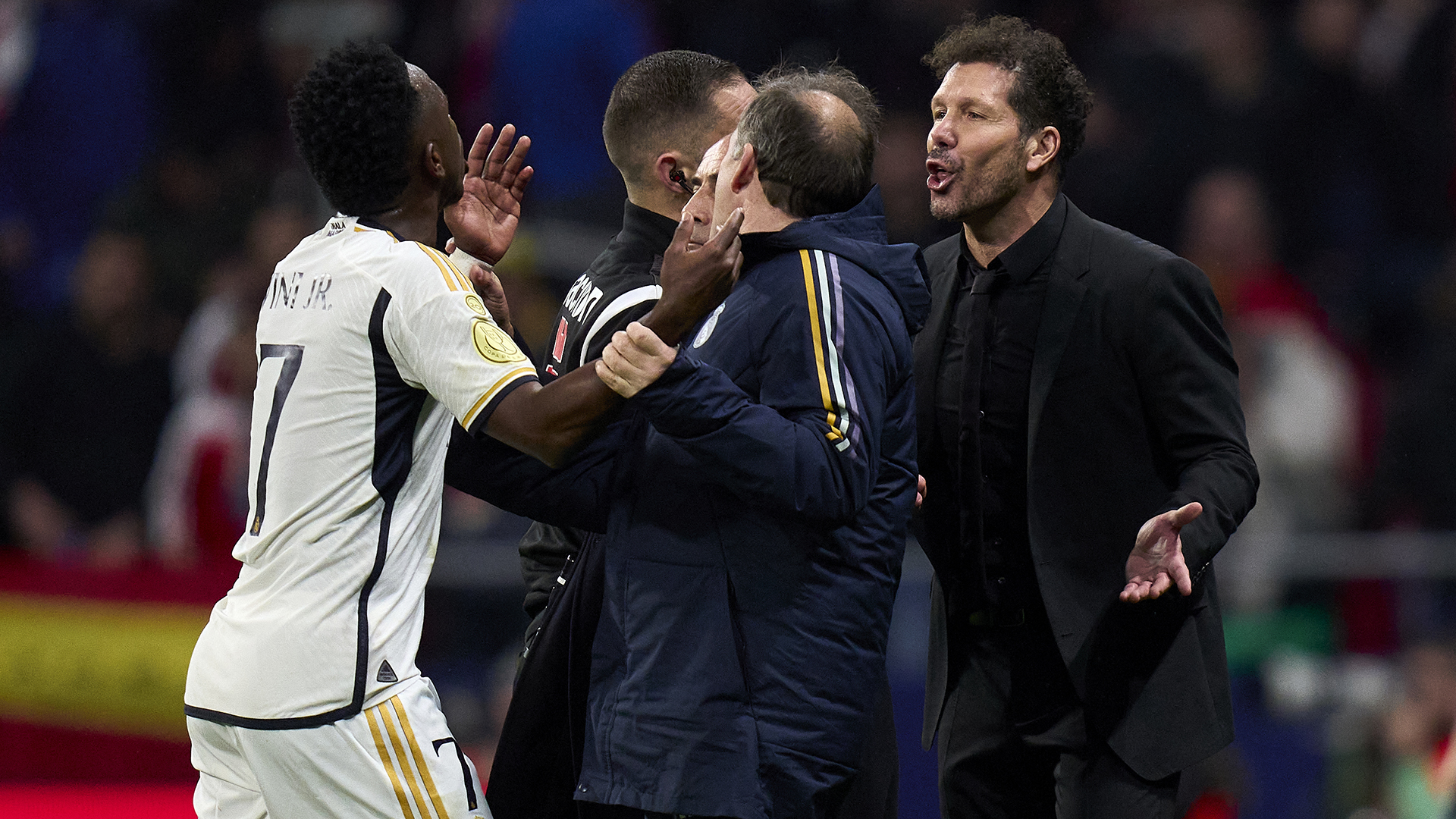Defector has partnered with Baseball Prospectus to bring you a taste of their work. They write good shit that we think you’ll like. If you do like it, we encourage you to check out their site and subscribe.
This story was originally published at Baseball Prospectus on March 27.
Last Thursday, Forbes issued its annual analysis of baseball’s finances. It is the best estimate available of how well the sport, and the teams, are doing financially. I use the word estimate because the figures are compiled by Forbes’ Mike Ozanian and Justin Teitelbaum, using publicly-available sources and their own contacts. That’s not the same as teams “opening their books” to the public, not that that would necessarily be very informative. The Forbes data are the product of years of research and the best estimates we have of the sport’s financial health and that of all thirty teams.
I’m not going to reproduce everything in the Forbes report. The article is here, and the team-by-team data are here. They’re thorough and well-researched and I strongly recommend them. Rather, I’m going to discuss what I think are the main takeaways from the analysis.
Baseball remains very profitable. Franchise values increased by 11.8 percent last year, and the median team appreciated by 8.9 percent. No team declined in value despite higher interest rates and turmoil affecting regional sports networks. I focus on franchise values rather than annual profits because for today’s owners, teams are investments. They don’t depend on them for their livelihood. An investment that rises in value by 8.9 percent in a year in which the stock markets got slammed is a really good investment. And the aggregate figure includes Forbes’ decision to hold the values of the Diamondbacks, Reds, Guardians, Twins, Pirates, and A’s constant because of the risk of cuts to their local television fees.
Forbes looks at operating profits, defined as earnings before interest, taxes, depreciation, and amortization, or EBITDA. Forbes’s EBITDA figures are net of revenue sharing, luxury taxes, stadium revenue used to pay for debt, non-MLB events at stadiums that flow to team ownership, spring training, and minor league teams. They exclude ownership in regional sports networks, real estate, and other ancillary businesses. So, in some cases, they understate owners’ profits.
Industry-wide EBITDA was $505.7 million in 2022 on revenues of $10.3 billion. That works out to a 4.9 percent profit margin. I imagine owners, or their representative, might whine that the industry’s under pressure because in 2021, profits ($645 million) and margins (6.7 percent) were higher despite teams playing to limited capacity for part of the season.
But that’s disingenuous. The Mets, Padres, and Phillies—three teams whose owners have prioritized winning over annual profits—lost nearly $200 million. Take them out of the equation and MLB’s profits were $702 million on $9.2 billion revenues, a 7.6 percent EBITDA margin, up nicely from 2021. Profits remain strong.
And it’s not like those three teams are setting fire to stacks of money. The Mets may have lost an estimated $138 million, but the franchise appreciated in value by a quarter of a billion dollars, to $2.9 billion, per Forbes. Padres ownership lost $55 million for a team that appreciated by $175 million. That’s a good tradeoff! If anyone offers to give you $175 million in exchange for $55 million, you should take it. (Don’t get your hopes up.) The only teams whose franchise value appreciation failed to overcome operating losses were the Bally Sports-affected Twins (lost $27 million, no change in $1.39 billion valuation) and the Reds (lost $9.6 million, no change in $1.19 billion valuation). In addition to the Mets, Padres, Phillies, Twins, and Reds, the Blue Jays, White Sox, Rockies, and Marlins had negative EBITDA in 2022. But only the Twins and Reds failed to overcome their losses with an appreciating investment.
Take, for example, the Reds, the only team to suffer an attendance decline in 2022 despite the advantage of a comparison to a 2021 season that had limited capacity to start the year. (The Rangers’ attendance declined as well, but there were no capacity limits in Arlington in 2021.) They lost 100 games, the first Reds team with triple-digit losses in 40 years. Bob Castellini is possibly the least wealthy owner in MLB. He bought the team in 2006 for $270 million. It’s now worth $1.19 billion. That’s appreciation of 9.7 percent per year for 16 years. Yes, the franchise didn’t appreciate last year and probably lost about $16 million in EBITDA and interest payments. But that’s $16 million netted against an outsized compound annual growth rate. Castellini’s representative has claimed the return on team ownership is “below what you’d expect to get in the stock market,” which makes one wonder how to invest in the stock market of which he speaks.
Debt reduction offset interest rate hikes. The letter I in EBITDA is interest expense. It’s not an operating expense, but lenders tend to get testy if you don’t pay interest on your loans. It’s a real expense.
In 2021, MLB teams had borrowings of over $7.1 billion, representing 11.4 percent of team values. Nine teams’ indebtedness represented over 15% of their value. With interest rates shooting up in 2022, that could have meant higher interest expense in 2022. But teams cut back their borrowings, to under $6.8 billion. The Dodgers, Braves, Cardinals, Rangers, Mariners, White Sox, and Guardians all trimmed their debt by over $10 million. The Angels, who may or may not be up for sale, paid down over $100 million in loans, leaving the team debt-free and saving millions of dollars in interest expense. Don’t be surprised if some owner or his representative complains about high interest rates forced him to trim payroll or raise ticket prices in 2023. Don’t buy it.
To the loser go the spoils. One way to look at team finances is revenues, the dollars they take in. The Yankees led MLB with revenues of $657 million. But revenues have to be netted against expenses, leaving operating profits. The Mariners, at $84 million, led the majors in EBITDA in 2022. Another measure of profitability is margin, defined as profits divided by revenues. If my company has $200 of sales and a profit of $40, while yours has sales of $100 and a profit of $25, I pocket more cash, but your company has a higher margin (25 percent vs. 20 percent). You’re keeping more of every dollar you bring in.

Here are the eight teams with the highest operating margin in 2022.
| Team | W-L | Revenues ($M) | EBITDA ($M) | Margin |
| Orioles | 83-79 | 262 | 65 | 24.8% |
| Mariners | 90-72 | 361 | 84 | 23.3% |
| Pirates | 62-100 | 259 | 52 | 20.1% |
| Giants | 81-81 | 421 | 75 | 17.8% |
| Rangers | 68-94 | 366 | 58 | 15.8% |
| Guardians | 92-70 | 266 | 38 | 14.3% |
| Red Sox | 78-84 | 513 | 72 | 14.0% |
| Nationals | 55-107 | 356 | 45 | 12.6% |
One of the complaints about modern baseball ownership is that everybody makes money, reducing the incentive to win. Numbers like those above support that thesis. The teams with the highest operating profit margin were, on average, six games under .500. Why spend money to improve when your investment goes up in value every year and throws off a lot of cash as well?
Again, check out Forbes’ work using the links I provided. It shows how profitable MLB is, from the best teams to the worst.






